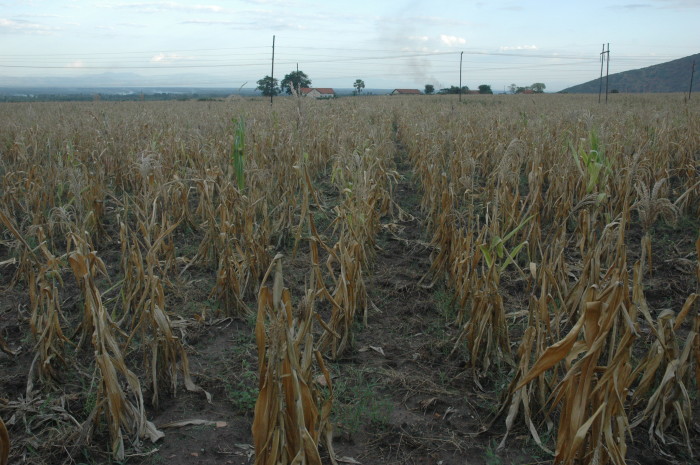Every time it rains, Barbra Nyawiza, a teacher at Ngaara Primary School in Mbarara district, gets reactions. She sneezes and snoots.

Scientists believe this primary school teacher is most likely allergic to rain.
Jeconeous Musingwire, an environmental scientist, believes Nyawiza is sensitive to acidic pollutants in the rain.
He says such pollutants are a result of gases emitted from industries and vehicles, among others, that end up leading to acid rain.
When introduced into atmosphere, substances from these industries and vehicles such as sulphur dioxide, nitrous dioxide, and carbon monoxide mix and react with water, oxygen, and other chemicals to form acid rain.”
Musingwire insists that they are such chemicals in the rain water that Nyamwiza is allergic to.
He says that in the south western region of Uganda where Nyamwiza lives, acid rain is usually experienced in the month of August after the mid-year dry season.
These gases accumulate in the atmosphere during the midyear drought. They then mix and react with water, oxygen, and other chemicals as the rain season starts in the middle of August.”
Musingwire blames these dangerous gases on the people who have destroyed the environment through deforestation, emission of harmful gases into atmosphere from their factories and vehicles among others.
He says acid rain is not only harmful to human health but also to plants and animals and contaminates water making it unfit for human consumption and increasing its acidity.
“A combination of climate change and acid rain threatens the future of life on the earth.”
One of the persons in the region who has witnessed severe effects of acid rain is Jenaurio Mazimba, a local mason.
“It usual has corrosive effects on buildings we build. It ‘eats’ our limestone and then we have to use other materials or spend more money buying other limestone. ”
Ian Atamba, a PhD researcher and forestry officer with Uganda’s National Forestry Authority, says it is sulphur dioxide in this rain that leads to corrosion on limestone, sandstone, and marble.
He also notes that acid rain has affected several forests in the region.
“It usually damages leaves of trees and exposes them to toxic substances. What do you expect when leaves which are the main source of food for trees are damaged? Trees die.”
“But farmers in the region have the key to ending this problem.”
Atamba says that to solve this problem, farmers should invest in afforestation and reforestation.
“Trees will absorb these hazardous greenhouse gases. They actually store the carbon in their bodies.”
Last year, a Nasa-led study found that forests worldwide absorb 1.5 billion tons of carbon dioxide every year as they photosynthesise and grow.
By Adella Mbabazi
This story was produced under the CSE Media Fellowships Programme for Global South.
